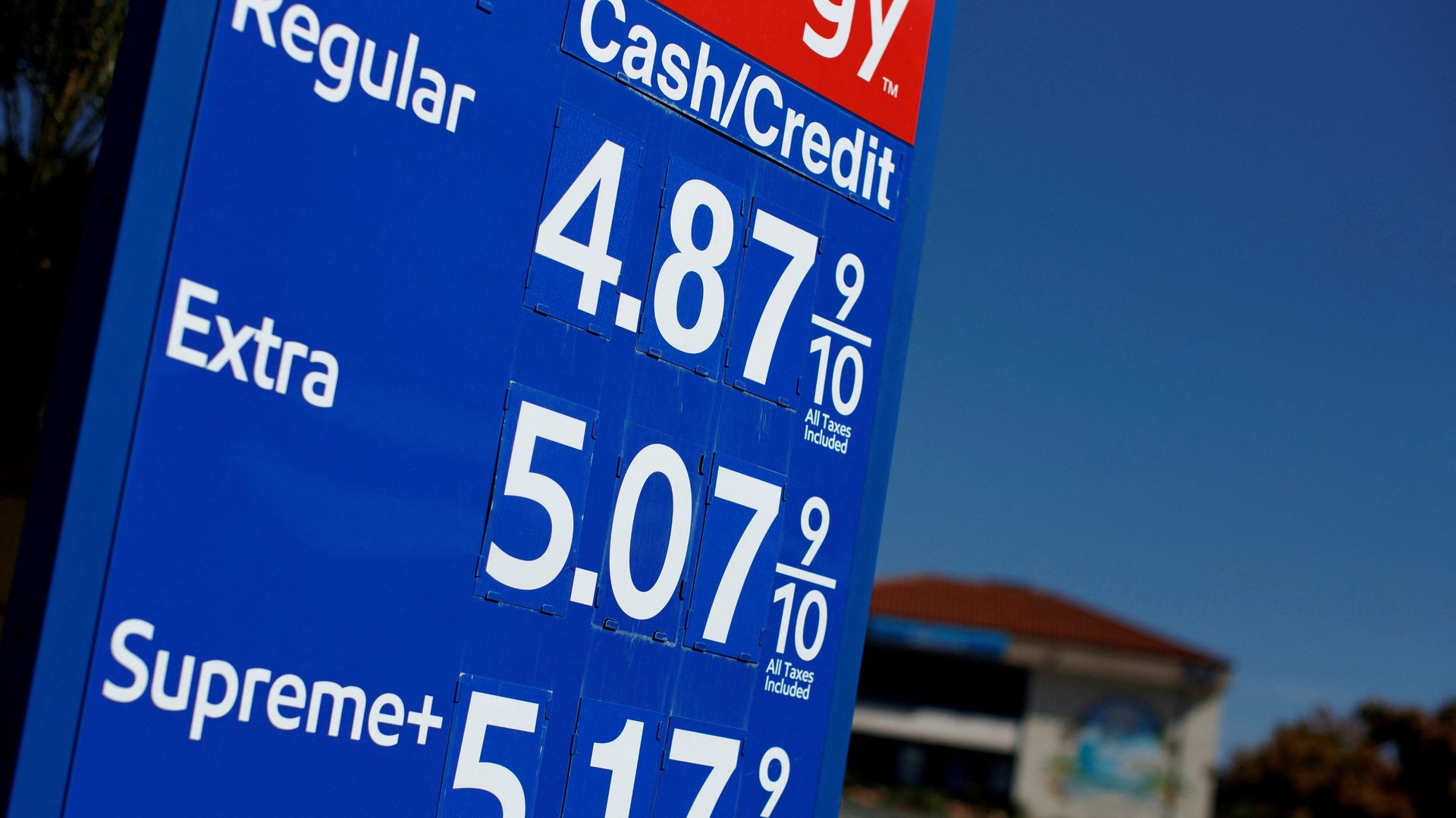What inflation will look like in 2022
Inflation captured the world’s attention in the second half of 2021, and the first half of the new year will probably include more steep price increases. But most forecasters expect supply-chain crunches to sort themselves out by mid-2022, so by the end of the year inflation will likely be back under control. Prices for some goods might even be falling by the end of this year.


Inflation captured the world’s attention in the second half of 2021, and the first half of the new year will probably include more steep price increases. But most forecasters expect supply-chain crunches to sort themselves out by mid-2022, so by the end of the year inflation will likely be back under control. Prices for some goods might even be falling by the end of this year.
Why inflation was so high in 2021
Last year’s inflation was driven by sharply increased demand and limited supply, both of which were caused by covid-19.
During the pandemic, people everywhere wanted more stuff because they couldn’t spend as much money on experiences. In some months this year, demand for goods soared 20% above pre-crisis levels, which proved impossible for a just-in-time supply chain to keep up with, said Wendy Edelberg, a senior fellow in economic studies at the Brookings Institution.
Meanwhile, the problems in the supply chain went well beyond long lines at ports. They often started with raw material producers, said Hassan Khan, a product operations manager at a consumer electronics firm in California. Because of covid rules and limitations, Khan’s firm can only have a certain number of people at its site in east Asia, he said.
But both supply- and demand-side issues should ease as the pandemic does.
“Getting the pandemic under control will shift our demand back so that will help with inflation a lot,” Edelberg said, adding that “High on policymakers’ lists should be getting people off the sidelines and back into the labor force.”
Where is inflation headed?
Inflation is about control. Businesses want to be able to have predictable wages, and consumers want steady prices. When something bad happens in the economy or elsewhere—like a global pandemic—consumers adjust their expectations and predict higher inflation in the future.
Gas and food are two areas of consumption that are sensitive to price changes and where workers regularly spend money, said Carola Binder, an economics professor at Haverford College. And so inflation in those areas can play a big role in consumers’ expectations. If consumers start expecting higher prices, policymakers might choose monetary and fiscal policy that’s less expansive and more austere, making concerns about inflation almost as important as inflation itself.
The US Federal Reserve pays close attention to long term inflation expectations among American consumers, which haven’t budged even though short term expectations continue to rise. But the Fed isn’t taking any chances: Recently, US Fed chair Jerome Powell accelerated the pace of reducing its bond purchases, which were stimulating the stock market and other assets, giving the central bank the ability to raise interest rates as soon as March of next year instead of June.
In a press conference on Dec. 15, Powell was careful to note that there was no clear sign of a wage-price spiral, but did note that the Fed wanted to get ahead of that inflationary doomsday scenario in which higher wages lead to higher prices, which lead to higher wages and so on. This falls in line with the European Central Bank, which is winding down part of its bond-buying program by mid-March. (In contrast, the Bank of England surprised investors by raising rates from 0.1% to 0.25% during a time in which the pandemic has been worsening.)
There’s also what economic forecasting firm Oxford Economics calls a “structural lid” on inflation in the long term. This lid is caused by an aging population that spends less and saves more, advances in technology that make everything cheaper, globalization, which makes trade cheaper, and productivity growth after the pandemic subsides.
Finally, at the end of 2021 many companies stocked their inventories in response to outsized demand for goods over services. This could mean that in 2022 we see the prices for goods like electronics or cars drop.